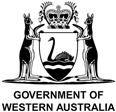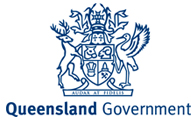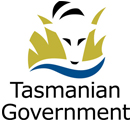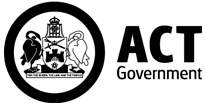Water quality projects and initiatives
The National Water Quality Management Strategy (NWQMS) is underpinned by a collaborative approach that serves to reduce duplication and facilitates consistent water quality management across states and territories. This results in the NWQMS providing the best-available science to support decision making while incorporating flexibility to tailor information to local conditions and issues.
The NWQMS contains tools and information to support water quality management, including a Water Quality Management Framework for assessing and managing water quality issues. The framework uses guidelines and other resources under the NWQMS to provide the information needed to manage water quality and achieve water that is fit for purpose.
Water managers, researchers, industry and jurisdictional authorities can use the outcomes of existing projects and other water quality initiatives to help inform new water quality management strategies.
Case studies
Completed water quality projects and initiatives that show the principles of the NWQMS and the framework in practice:
- Assessing discharges from the Ranger uranium mine, NT — water quality assessments undertaken at the Ranger mine represent multiple cycles through the Water Quality Management Framework.
- Great Barrier Reef Protection Plan — demonstrates one application of the Water Quality Management Framework for water quality planning. The Great Barrier Reef Marine Park Authority independently manages the reef in line with the principles of the NWQMS.
- Indigenous Cultural and Spiritual Values in Water Quality Planning — 6 case studies of active Indigenous engagement in water quality management around Australia.
- Stories of progress and success from across Australia — compilation of 12 case studies of initiatives that have successfully supported delivery of the NWQMS.
Improvement plans
Water quality improvement plans (WQIPs) were designed to establish strategies for managing pollution released into waterways and catchments of high ecological, social and recreational value.
These plans are in place for locations across Australia that were identified as water quality hotspots.
Identification of hotspots and implementation of WQIPs was completed with funding by the Australian Government.
Design of WQIPs involved:
- identification of the environmental values of water
- determination of water quality objectives and load targets for pollutants of concern
- development of environmental flow objectives and environmental water provisions
- implementation of catchment-based management actions, including control of point and diffuse sources of pollution, market-based instruments and adaptive management
- the application of predictive models and ambient monitoring programs.
Projects were conducted as part of WQIPs, to provide a scientific underpinning for ongoing water quality planning and management.
Purpose of an improvement plan
Current WQIPs provide an ecosystem-based approach to integrated water cycle management, supported by science.
Each plan was designed to:
- address the key priority threats to water quality and environmental flows, and establish methods to continuously improve management knowledge and systems
- engage state and territory governments, local government, and NRM groups to cooperatively prepare a WQIP and implement interim projects
- establish governance arrangements that ensure all relevant stakeholders are party to WQIP implementation
- resolve major impediments to water quality planning and management through a catchment management based approach.
Some states and territories have continued to update and develop WQIPs under their own initiative. Check with your local authorities and regional natural resource management bodies for more information.
Water quality hotspots
Water quality hotspots are locations of high ecological value that are particularly threatened by contaminants released into the waterway or catchment.
Identification of water quality hotspots across Australia and the development of associated water quality improvement plans (2002 to 2008) was an initiative of the NWQMS, and funded by the Australian Government. It was devised to support local planning and direct resources to priority catchments.
Criteria for identifying an aquatic ecosystem as a water quality hotspot:
- high ecological, social, cultural and/or recreational values
- of national environmental significance and defined under the Environment Protection and Biodiversity Conservation Act 1999
- suffering ecosystem disturbance leading to habitat loss and biodiversity decline
- under pressure as a result of population growth and development, disturbance of acid sulfate soils and water quality decline.
Historical details of the water quality hotspots initiative are available through the NLA Australian Government Web Archive.









